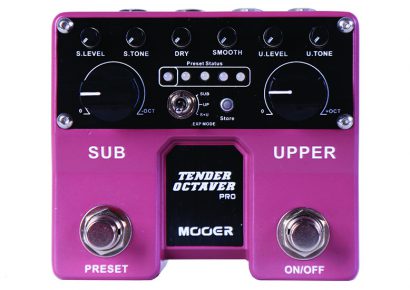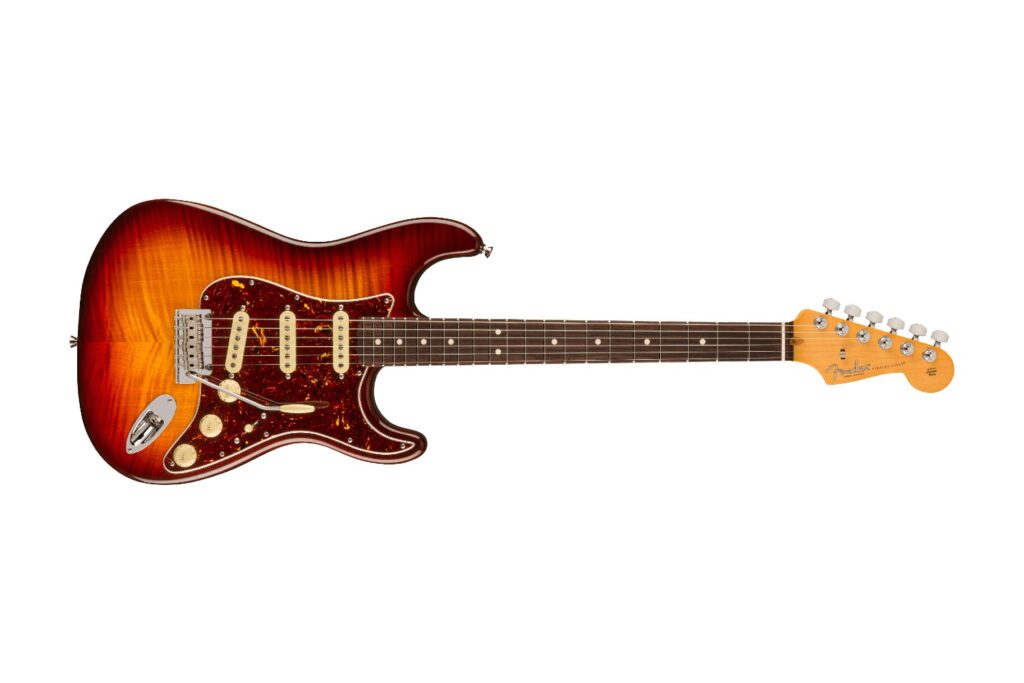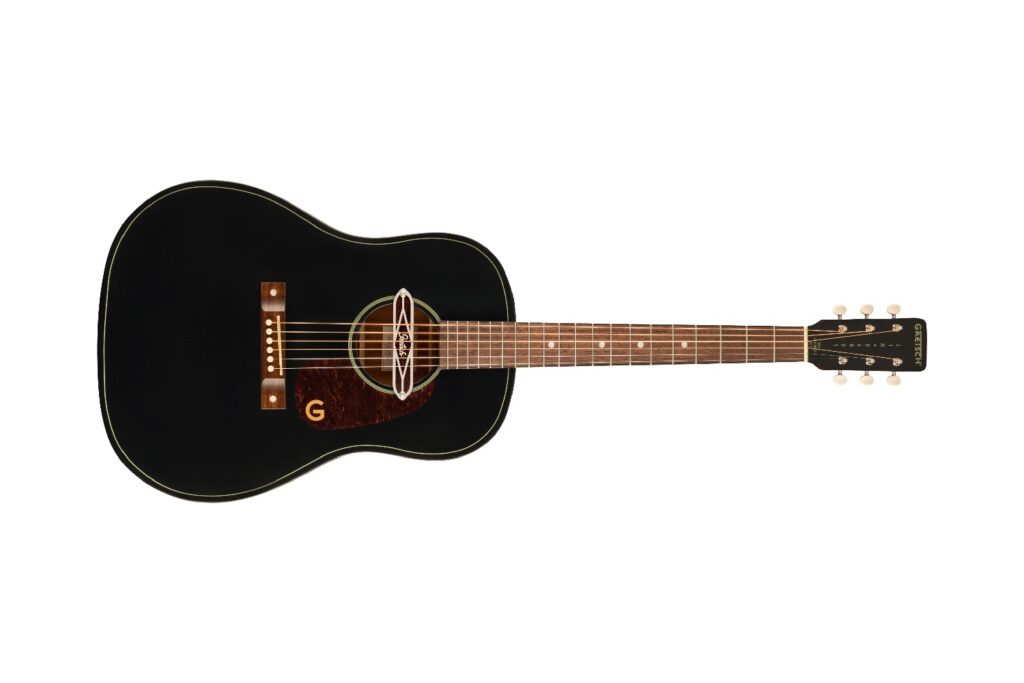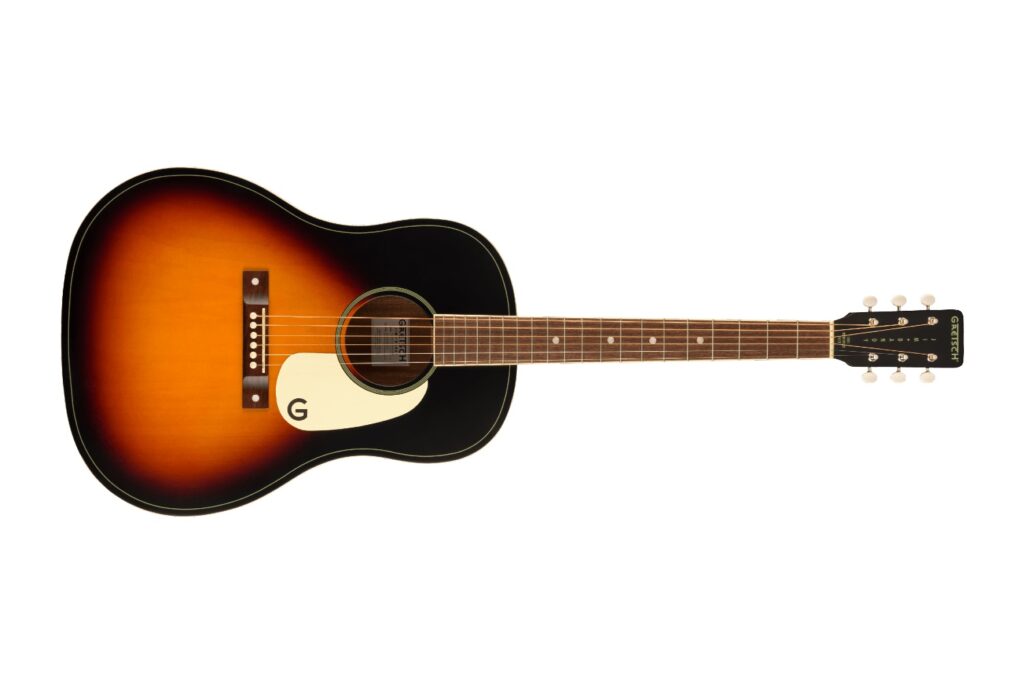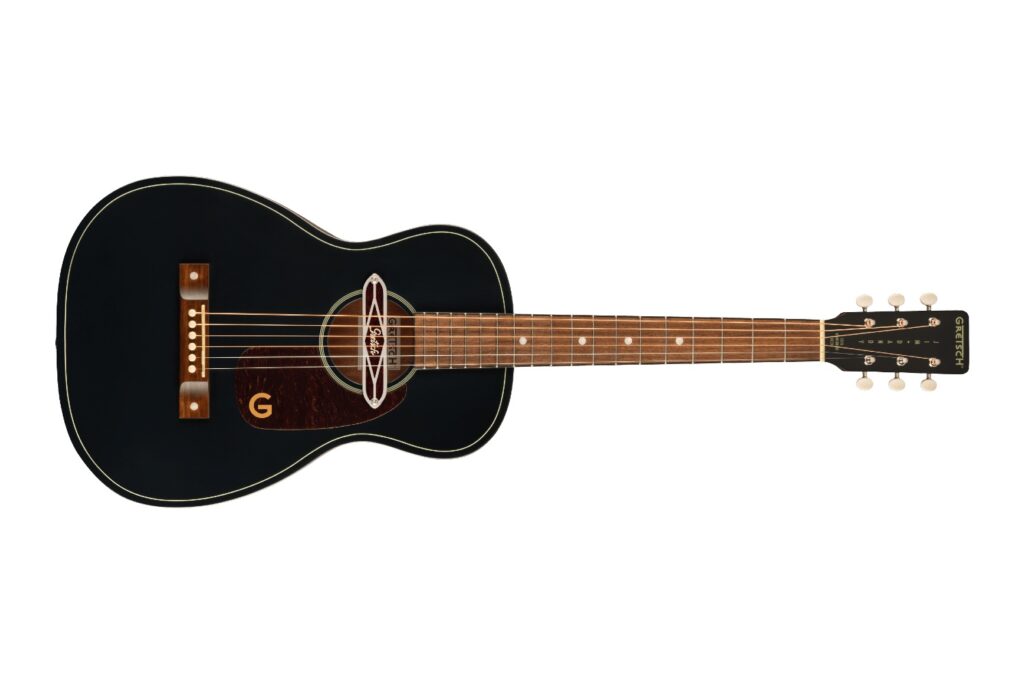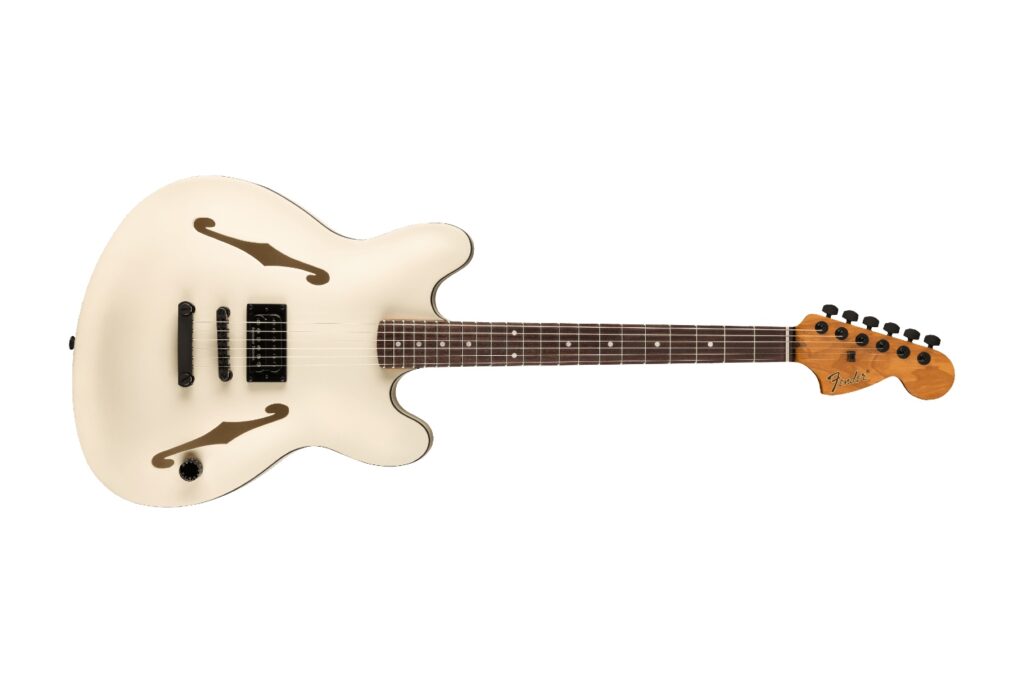But their real mastery lies in their ceaseless exploration of the stuff you wouldn’t necessarily ever hear. The ace in the hole of so many players, their ABY switchers, buffers, drag boxes and other tricks of the trade are some of the most unsung heroes of the stage and studio world. Never ones to rest on their laurels, once in a while Radial’s engineers like to combine a bunch of their ideas and level up the trickery as they have with the Switchbone V2.
ABY switching is by no means a new concept for the signal path savvy. For as long as amps have been annoying neighbours, guitarists have wanted to use as many of them at once as is financially possible. Look to J. Mascis and Neil Young’s touring rigs for prime examples of how to master unfathomable combinations of tone. The Switchbone V2 seeks to afford the player tidy access to as many amp options as you can fit on a stage. All outputs have dedicated buffers, the supplementary two have their own dedicated ground lifts and phase switches. In one mode, Channel A is your heavy hitter, the basis of all your tone to which you add Channel B at the tap of a switch with your tuner out isolated off to one side. In another you can switch between two secondary rigs and in another, more perfect world you can have all three amps on at once to achieve total sonic nirvana, or devastation, depending on proximity.
And that’s only one set of functions. You also have total control over the amount and colour of buffering in the input stage to ensure that your tone is absolutely your own and not the Switchbone’s. Drag control contours to fit the load your circuit heaps on your pickups and the Slingshot options at the output stage mean that you can turf the footswitch that came with your amp and harness pulse controlled effects like amp reverb from the same unit. There’s a boost with options for 500hz mid boost to lift your solos out of the soil and every other option under the sun via various dipswitches, set and forget controls inside the unit itself and combinations thereof.
To talk about the sound of a pedal like this is, to a point, counterintuitive. It’s not designed to have a sound so much as to allow you infinite control over the way you interact with the rest of your equipment, and it does so with an effective and extensive array of capabilities. Simple enough in theory but complicated in practice, as are most things in electronic engineering, splitting one signal into multiple destinations has never been more viable and once you wrap your head around all the things it can do it’s one smooth step to firing on all engines.

